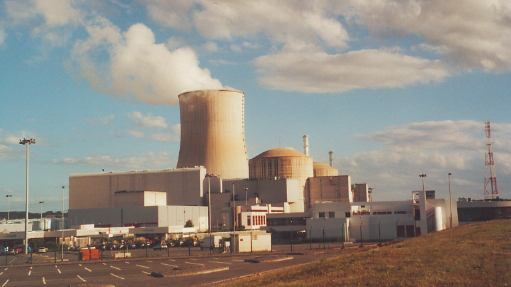“Market failure” and nuclear power

***
By Edward D. Kee
***
June 2016 was a bad month for the US nuclear power industry. In a single month, Exelon decided to retire its Clinton and Quad Cities nuclear plants; the Omaha Public Power District decided to retire Fort Calhoun; and PG&E decided not to pursue license renewal for Diablo Canyon.
The views expressed by former US Nuclear Regulatory Commission member Peter Bradford in a March 2013 Bulletin article, which described the situation facing the US nuclear power industry as grim, now seem restrained. Bradford predicted that “an abundance of natural gas, lower energy demand induced by the 2008 recession, increased energy-efficiency measures, nuclear’s rising cost estimates, and the accident at the Fukushima Daiichi Nuclear Power Station” would result in trouble for the US nuclear power industry. “Here’s what the US government must do to bring about a gradual phase-out of almost all US nuclear power plants: absolutely nothing,” Bradford wrote.
He predicted that, without massive government assistance, new nuclear power projects would not be built and existing nuclear power plants would only operate until the end of their NRC licenses, meaning that the US nuclear fleet would largely be gone by the late 2050s. Since 2013, the factors listed in Bradford’s article have driven electricity market prices to low levels, resulting in the early retirement of operating units and stopping development of new nuclear power plants.
Read more (source): “Market failure” and nuclear power
Photo credit: CC BY-SA 3.0, https://commons.wikimedia.org/w/index.php?curid=108280


The Most Revolutionary Act
- Stuart Jeanne Bramhall's profile
- 11 followers



